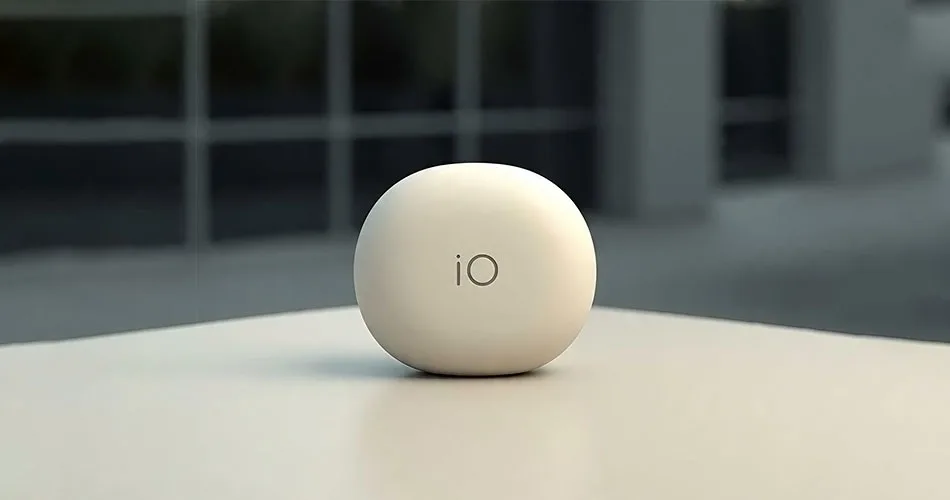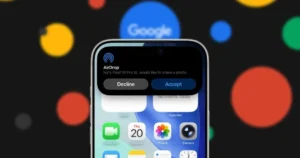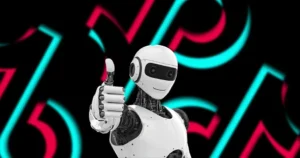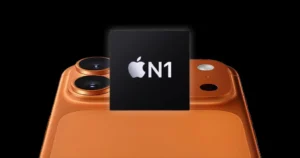If you’ve ever wondered what happens when the world’s most iconic designer teams up with the most talked-about AI company, this might surprise you: even Jony Ive and Sam Altman are running into roadblocks.
According to a new report from the Financial Times, the mysterious AI hardware project led by Ive — Apple’s former design chief — and OpenAI CEO Sam Altman has been delayed, with sources citing three fundamental problems. And they’re not the kind you can fix with a firmware update.
The Background: A “new form factor” for AI
The project, internally dubbed “io”, has been quietly in the works since early 2024. It’s said to be an AI-first device, envisioned as a totally new category that is not a phone, not a watch, not even glasses.
Both Ive and Altman have teased it as something “human” and “natural” — a way to interact with AI without staring at screens all day.
That vague teaser led to all sorts of speculation, with AI-generated renders imagining the device as a smooth, pebble-like gadget that could sit in your hand or pocket. But beyond the minimalist looks, the real challenge lies in how this AI companion should behave, and whether people will actually want one around.
The Three Problems Holding it Back
The Financial Times report outlines three major issues that have slowed down the project.
1. Defining the device’s “personality.”
The team reportedly hasn’t nailed down how the device should interact with people. Should it be calm and quiet like Siri, or conversational like ChatGPT? One source told the FT that the goal is to make it “a helpful friend,” not “a weird AI girlfriend.” Finding that perfect balance — friendly but not intrusive — is proving harder than it sounds.
2. Privacy and “always-on” listening.
Unlike smart speakers that activate only with a wake word, Ive’s AI device is said to be always on, with cameras and microphones continuously active. That raises obvious privacy red flags, especially when it’s designed to live close to you all day. Even Apple, which Ive helped shape into a privacy-conscious company, never dared go this far.
3. The compute problem.
AI hardware only works if it can access massive cloud computing power — something OpenAI is already struggling to supply. A source told the FT that “OpenAI is struggling to get enough compute for ChatGPT, let alone an AI device.” In other words, the hardware might be ready, but the brains behind it still need more horsepower.
The Design Paradox
Jony Ive’s work at Apple was always about blending form and function. The iMac, iPhone, and Apple Watch weren’t just beautiful objects, they redefined how people interacted with technology. But with this new AI hardware, that formula gets messy.
Unlike the iPhone, which solved real problems (like communication and mobility), a standalone AI device faces the question of why it needs to exist at all. People already carry a phone with Siri, ChatGPT apps, and countless AI integrations. If this new gadget is meant to replace that, it needs to be radically useful — not just beautiful.
The Bigger Picture
Despite the delays, the collaboration between Ive and Altman remains one of the most fascinating crossovers in tech. It represents a shift toward AI-native design, where hardware is built around intelligence first, not just as a vessel for software.
And if anyone can pull it off, it’s Jony Ive — the man who made aluminum emotional. But as the Financial Times report shows, even the best design minds are realizing that building a trustworthy, intelligent, and always-present AI companion might be the hardest design problem of all.
What Happens Next
The device was originally expected to debut sometime in 2025, but with key issues still unresolved, a delay seems inevitable. That said, it might not be a bad thing.
Apple famously delayed products like the first iPhone until they felt “right.” Maybe Ive is doing the same — this time, not for a screen, but for a digital friend that knows when to speak, when to listen, and when to stay silent.







Comments